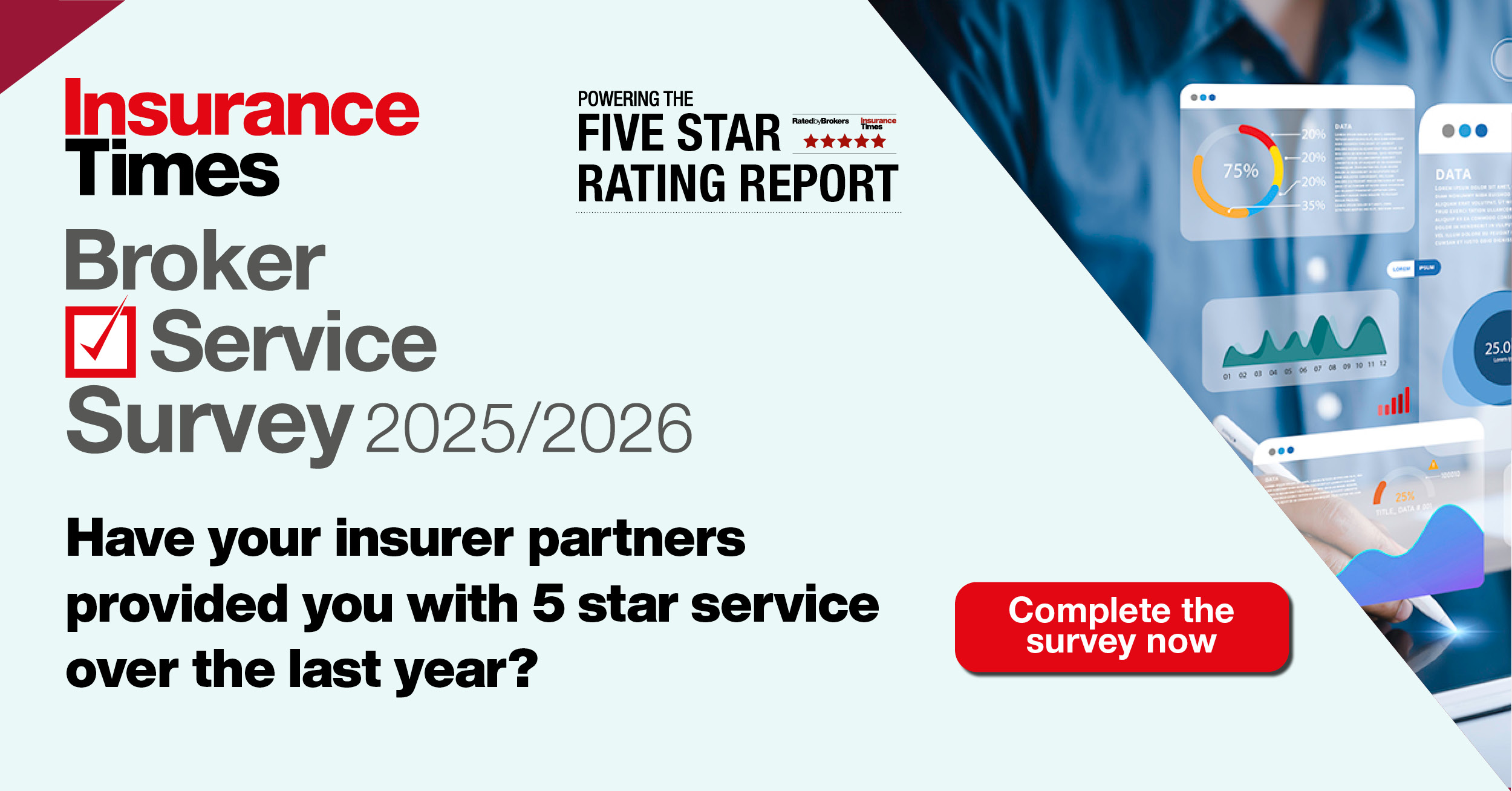The last thing insurance should worry about is being innovative, says Swinton chief executive Gilles Normand

When I was asked to write about the importance of making insurance more innovative, my initial thought was that innovation is not a word you normally associate with insurance.
And then I began to brainstorm for ideas. Big data is giving us a far better understanding of what customers want. Technology is helping to make renewals faster and enabling new product segments like telematics – black boxes that transmit real time driving information and can cut premiums significantly.
Then my inner contrarian started speaking and I completely stopped my brainstorming. Why? Because the very last thing insurance should worry about is being innovative.
A ‘duty of care’
The core value of insurance is built not around innovation but around a promise that is as old as the hills: If something goes wrong, I will be there for you.
It is a contract, a promise of ‘duty of care’ that offers peace of mind, protection and partnership. The best insurers in the world understand that while the policies they sell may be perceived to be commoditised and boring, the underlying value proposition is actually a kind of covenant.
The typical insurance policy appears the least interesting and least valued product in the world until it is needed. At that point, it transforms, in a way that trumps any technical innovation, into the most valuable product in the world to the person who holds it.
Floods
We saw this transformation in action last winter during the dreadful flooding in Cumbria and the Lake District. Customers came to our branches to meet their insurance representatives and we threw our doors open regardless of whether they held our policies or not.
For those few days, we literally offered peace of mind to customers, protection from the elements and partnership with their providers to deliver solutions.
I profoundly believe that the pendulum has swung too far in the direction of technical innovation and that we are seeing the first signs of a long over-due correction.
It is this model – putting the customer at the heart of everything we do – that is the actually the most innovative idea affecting the insurance world right now.
Let me show you the power of this trend in action.
Technology and innovation not for all
Most innovation over the past 20 years has come via websites offering to fully automate the buying process, and thus cut prices and reduce human contact in the renewals and claims process. But for some customers this technology has simply added cost, complexity and confusion. For many others it has removed choice.
Because every time a new technology emerges there are always two wild swings of the pendulum. The first is an overly negative reaction: the people who say no-one will ever buy from call centres over the telephone because it is too impersonal and impractical, or that no-one will ever buy online because of security issues.
And then the wild swing to everyone buying through call centres, and now to everyone buying on-line, with customer interaction gone and bricks and mortar dead.
But, each time, the pendulum eventually settles in the middle, where the greatest variety of choice lies.
I believe that the pendulum is about to swing away from the fixation with technology-backed, mono-channel web sales and back to a more balanced, true omni-channel approach – of customers buying anytime, anywhere.
Challenges
The insurance business model is splitting in two: between the mono-dimensional model, where products are commoditised, pricing is everything and personal interaction is minimal, and the more personalised, customer-first approach, that still brings the efficiency people expect and technology confers, but where the individual is the centre of the value proposition.
We believe this opportunity to re-focus on customer interaction, what is really of value to them and how they want to be served is both a wake-up call and a lifeline for our industry.
The insurance sector is dealing with three major challenges these days:
- How to mobilise big data to give customers what they want and need
- How to regain trust after years of product push and underperformance
- How to deal with increased regulation
Customer focus
Surely the simple act of returning the customer to centre stage in our industry is the quickest and most effective way of making progress on all three challenges. This is where the real innovation opportunity lies.
There will always a place for innovation in products and delivery systems, but it is by delivering a valuable customer experience and articulating this new covenant of protection and partnership that we see the real innovation taking place over the next few years.










































No comments yet